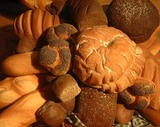
In this lesson, students will identify the product life cycle, define the development and validation process, and design and prepare the development lot.
- Material Type:
- Lesson
- Author:
- OER Librarian
- Date Added:
- 09/29/2021

In this lesson, students will identify the product life cycle, define the development and validation process, and design and prepare the development lot.
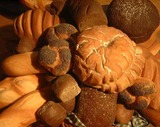
In this lesson, students will complete development lots and understand the effect of various ingredients and processes in bread making. Then they will evaluate development lots and choose procedure for validation lots.
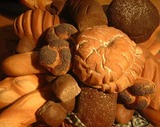
In this lesson, students will make validation lots and evaluate validation lot dough.
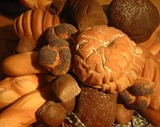
In this lesson, students will complete Validation Lots and understand the process of lot control and archiving samples before analyzing any variances or unexpected results.
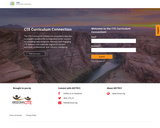

In this lesson, students will define electrophoresis and distinguish between vertical and horizontal gel electrophoresis. Then they will explain the relationship between agarose concentration and pore space before calculating % agarose and the mass of powdered agarose needed for specific agarose concentration. Finally, they will outline the steps in agarose gel electrophoresis.

In this lesson, students will construct standard curve for Hind III cut DNA using semi-log graph paper and explain the relationship between number of base pairs and distance migrated before calculating the size of the DNA fragments cut with EcoRI.
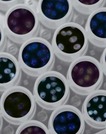
In this lesson, students will perform restriction digestion of lambda DNA.
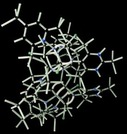
In this lesson, students will explain the similarities and differences between DNA and RNA structure, list the different types of RNA and describe their function, explain the central dogma of molecular biology, and explain the genetic code table.

In this lesson, students will design an experiment to separate DNA fragments by agarose gel electrophoresis under two different conditions either varying pH, voltage, or % agarose. They will calculate and prepare the necessary solutions required to perform the experiment.

In this lesson, students will perform agarose gel electrophoresis under two different conditions either different pH, voltage, or % agarose.

In this lesson, students will estimate the size of Pst I Cut DNA fragments from their agarose gels. Then they will explain how to identify a specific DNA fragment that encodes for a blood-clot-dissolving enzyme.

In this lesson, students will model pouring molten agarose and loading DNA samples into agarose gels, then separate DNA Fragments using agarose gel electrophoresis and explain how methylene blue stains DNA.

In this less, students will model how DNA probes are used to detect specific sequences of DNA on southern blots and interpret DNA profiles.
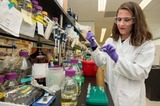
In this lesson, students will define restriction enzyme and explain how restriction enzymes work. Then they will model how restriction enzymes work using a game simulation and explain the use of restriction enzymes in DNA fingerprinting.

In this lesson, students will define restriction fragment length polymorphism (RFLP) and explain how RFLP are constructed. Then they will explain the role of VTNRs in RFLP and identify uses of VTNR analysis before modeling how VTNRs are used in DNA profiles.
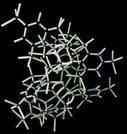
In this lesson, students will describe the structure of DNA, list the components that make up a nucleotide, distinguish between a purine and pyrimidine, and explain complementary base pairing.

In this lesson, students will explain the purpose of Southern blot hybridization and describe the process of making a southern blot. They will define radioactive DNA probe and explain how DNA probes are used to visualize DNA.

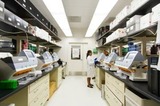
In this lesson, students will identify, balance, and operate centrifuges, identify, select, and operate incubators and water baths.